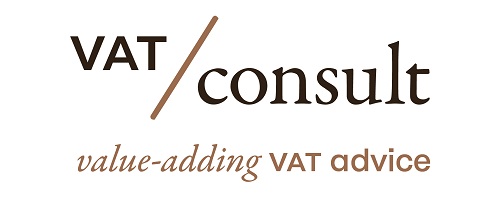- When to Register for VAT Abroad: Businesses must register for VAT when selling goods B2C in the EU upon exceeding country-specific thresholds, holding stock in local warehouses, operating a fixed establishment, providing digital services to EU consumers (via OSS), or importing goods into the EU (using IOSS for low-value goods).
- Steps for VAT Registration: The registration process includes assessing VAT obligations, appointing a fiscal representative (if required), gathering necessary documentation, registering for VAT or OSS, receiving a VAT number, and complying with ongoing VAT obligations, such as filing returns and maintaining records.
- Common Pitfalls: Businesses should avoid errors like failing to appoint a representative, confusion between OSS schemes, incorrect invoicing, and assuming VAT thresholds apply to non-residents, as many EU countries require immediate registration for non-EU businesses. VAT IT Compliance can assist with VAT strategy, fiscal representation, OSS registration, and ongoing support.
Ready to Go Global?
Don’t let VAT compliance hold back your growth. Contact our VAT experts today for a custom assessment.
Source VAT IT Compliance
Click on the logo to visit the website
Latest Posts in "European Union"
- ECJ Confirms Deemed Reseller Rule for App Store In-App Purchases
- VAT Challenges in Toll Manufacturing: Goods vs Services Classification Issues
- VAT and Transfer Pricing – Four recent cases @ ECJ/CJEU – 3 cases decided, 1 case pending
- Briefing document & Podcast: ECJ C-580/16 (Hans Bühler) – Late submission of recapitulative statements should not disqualify a business from exemptions
- ECJ/General Court VAT Cases – Pending cases















